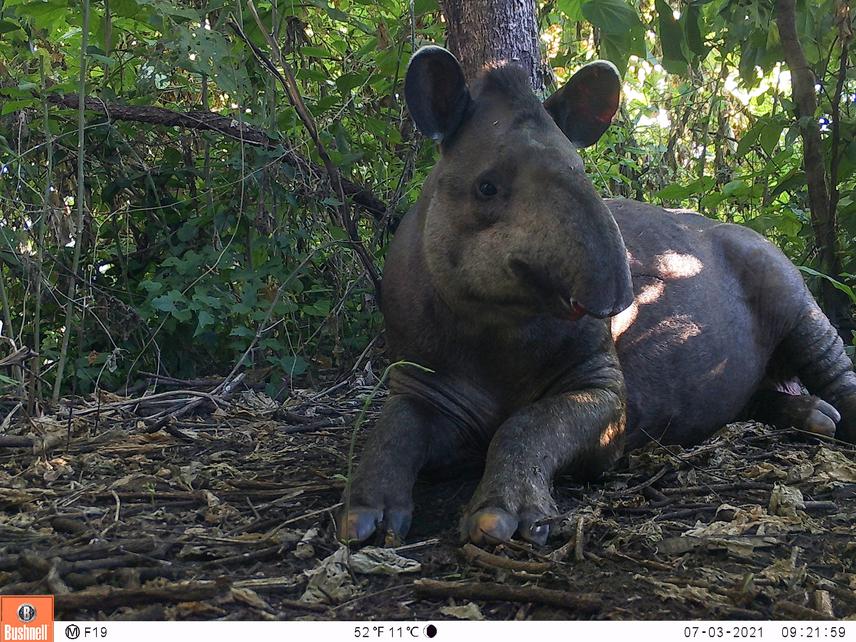Melisa Cordero
This study will be conducted in the Protected Area within the Yungas of Argentina. Due to the biodiversity and the landscapes that protect, the Yungas ecoregion is a key sector for tourism and economic development, also concentrating the greatest richness of mammals in our country. However, the lack of information hinders the proper management of recreation activities creating a conflict with the conservation objectives of protected areas. The growth of tourism and recreation in natural spaces can directly or indirectly impact on wildlife and generate a conflict in the species conservation, mainly of medium and large mammals since they are species particularly sensitive to anthropic activities.

The objectives include 1) - Quantify medium and large mammals richness and space use in relation to the transit of people on trails and roads. 2) Quantify the effects of roads and trails of greater vehicular circulation on the patterns of spatial and temporal activity of these species, 3) - Assess and quantify the factors that influence the perception and knowledge of visitors about the natural environment and wildlife. To comply whit objectives 1 and 2: we will place camera traps in a wide gradient of distances with respect to the human transit trails and roads with vehicular traffic. From the records obtained in the camera traps, we will analyse medium and large mammal richness (number of species per sampling station), and space use using site occupancy models. Additionally, we will analyse mammal activity patterns in relation to human activity. To meet objective 3, we will conduct interviews with visitors to the park, to obtain information on the frequency of visits (number of times); age groups; accessibility; preferences, and motivations for visiting (i.e., tourism, sport, recreation, etc.); knowledge about the wildlife present in the area and its degree of threat; valuation of the natural environment and fauna.
This study will be the first to provide detailed and quantitative information on recreational uses in the area, which will serve to promote greater management and conservation of the protected areas and valorisation of natural spaces and wildlife.